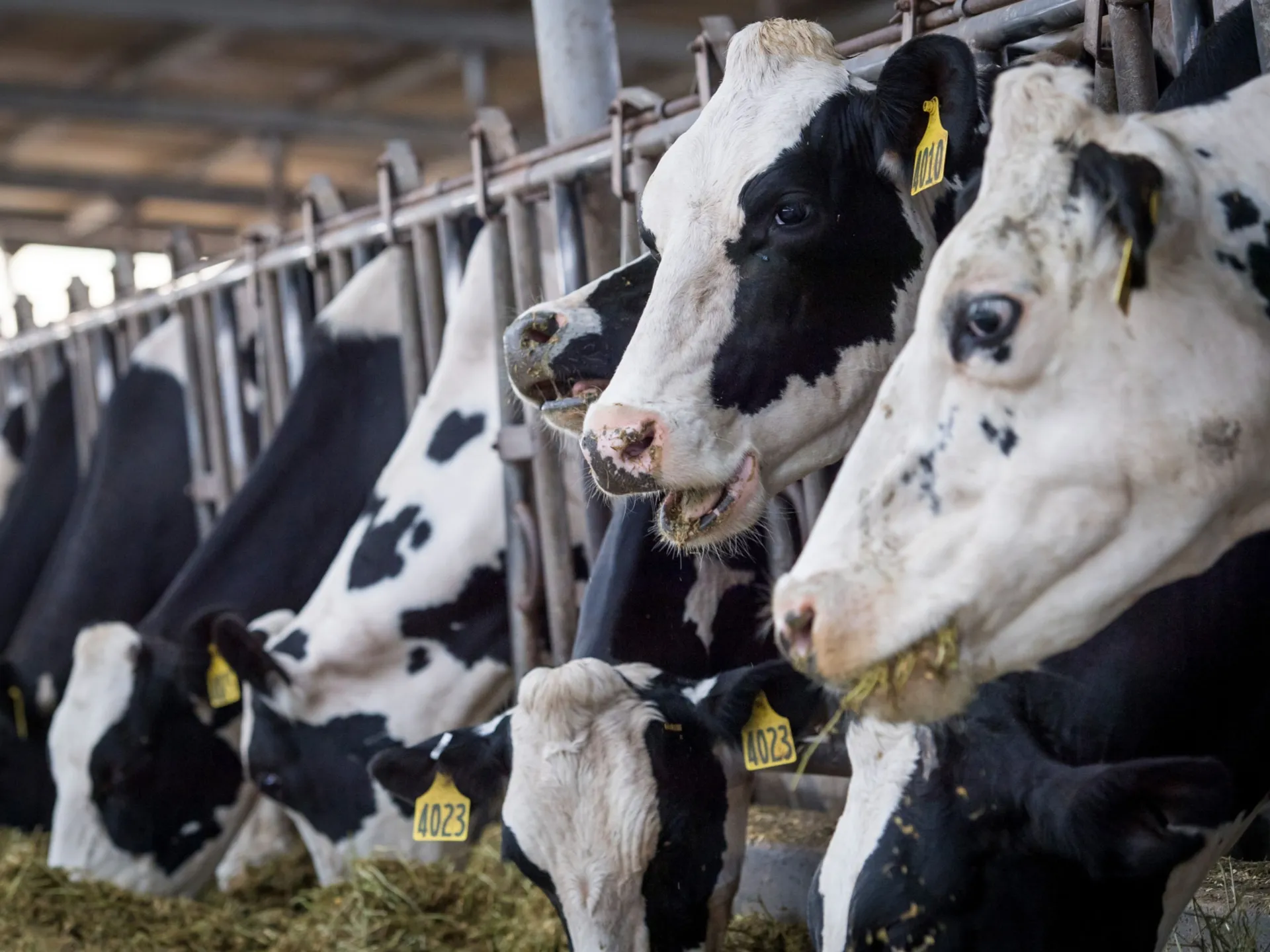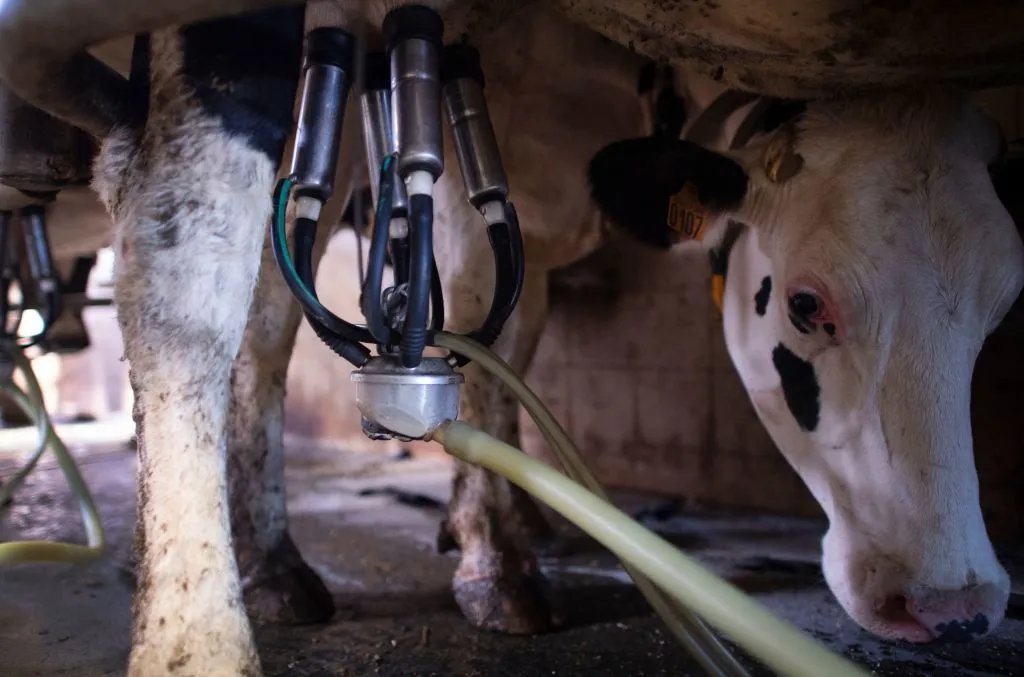Over the past 60 years, the United States has seen a marked increase in the frequency and intensity of heat waves, leading to extended heat wave seasons and temperatures that are significantly higher than in previous decades. This rise in temperature has particularly impacted the spring season, which is crucial for dairy production.
States in the North East and South West, major dairy-producing regions, have experienced some of the most significant temperature changes. Experts emphasize the urgent need for alternative strategies to manage heat stress in the US dairy herd, which has been increasingly affected by these climate shifts.
Peri Rosenstein, a senior scientist at the Environmental Defense Fund, and Ananda Fontoura, a Postdoctoral Associate at Cornell University, provided insights into the current state and future projections for dairy cows under heat stress.
Rosenstein noted that heat stress reduces milk production, feed intake, reproductive efficiency, and overall cow welfare. The combination of high heat indices and the high metabolic rates of modern dairy cows exacerbates these issues. Fontoura added that heat stress triggers behavioral adaptations in cows, such as reduced physical activity and changes in resting patterns, to cope with the increased heat.
The physiological responses to heat stress in cows include elevated body temperatures and respiratory rates, alongside a decrease in feed intake. This reduction in feed intake is significant as it directly impacts milk production, reproductive health, and overall cow well-being.

Moreover, recent research has indicated that heat stress compromises the gastrointestinal barrier function in cows, allowing harmful bacterial products to enter the bloodstream and further stress the animals. This can complicate the health outcomes for dairy cows and exacerbate the overall impact of heat stress.
Regions traditionally affected by heat stress, such as the southern states of Florida, Texas, and Arizona, continue to experience severe impacts. However, cooler regions are also expected to see temperature increases, which could make heat stress a concern in areas previously unaffected.
This trend has been observed in the beef industry as well, with significant cattle deaths in states like Iowa, Kansas, and Nebraska due to high heat indices. Climate models predict continued temperature rises and more frequent extreme heat events, underscoring the need for substantial reductions in greenhouse gas emissions to mitigate these impacts.
Economically, heat stress poses a significant challenge to the US dairy industry, costing between $1 to $2.5 billion annually. This financial burden is projected to increase by an additional $126 million over the next 50 years.
The costs stem from reduced milk yields, higher pregnancy loss rates, increased disease prevalence, and, in severe cases, cattle deaths. Addressing these challenges requires coordinated efforts from the industry, government, and producers, including support for research on heat stress mitigation strategies.
Traditional methods for managing heat stress, such as shading, fans, and water sprinkler systems, remain effective but are resource-intensive and expensive. Given the ongoing challenges posed by heat stress, there is a pressing need to explore alternative strategies to maintain cow health, welfare, fertility, and productivity.
Innovations in ventilation, cooling tools, feed management, and diet formulation are critical. The outlook for this summer remains unpredictable, with variations in temperature, disease outbreaks, and other factors potentially impacting milk production. According to USDA data, milk production in the major states decreased slightly in June, highlighting the need for continued vigilance and adaptation to these evolving challenges.

